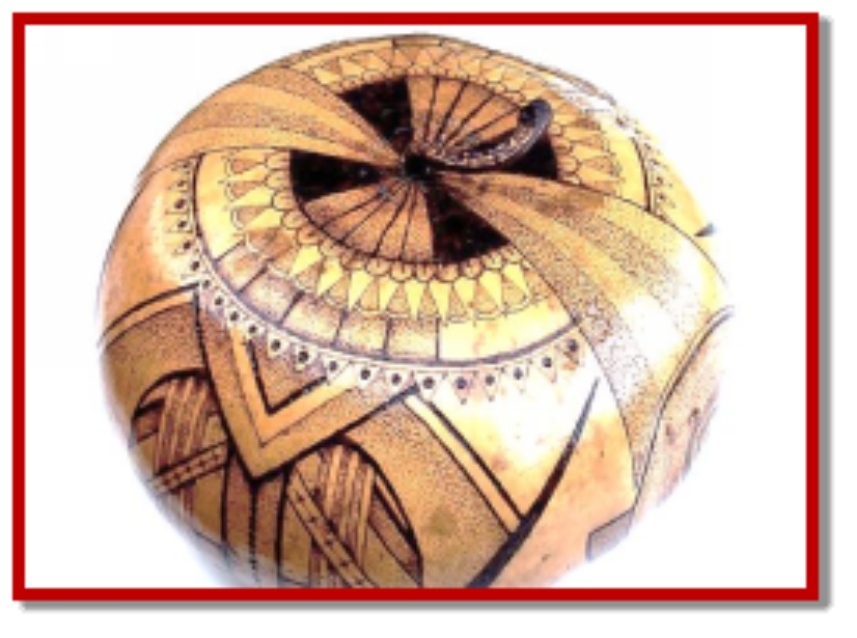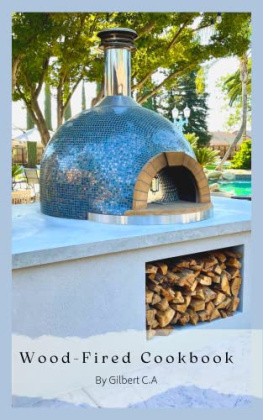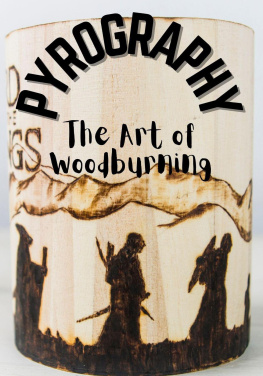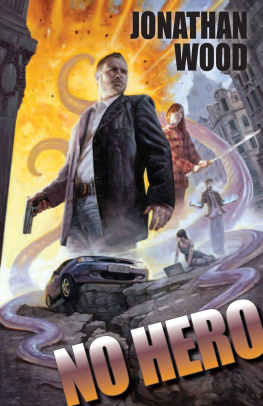PYROGRAPHY
Wood Burning.
Essentials
For Beginners.
By
Clarence Arthur West.
Copyright 2020.
Table of Contents.
INTRODUCTION.
Pyrography is the ancient art of burning words, images and designs into materials such as woods, canvases, fibres, metals, leathers and other materials. The art or technique is based on the creation of decorative designs on a surface (wood, leather paper, gourds, bark, nuts, ivory etc.) by burning or scorching with hot metallic instruments.
The word pyrography is coined from two Greek words; pur which means fire and graphos which translate to writing. Pyrography therefore transcribes to writing with fire. Although it is commonly referred to as wood-burning, however wood-burning is technically pyrography done on wood. Wood-burning is just an aspect of pyrography. Pyrography on the broader scale can be done on wood and any other receptive surface.
This ancient art has been around for many centuries, with the oldest recorded pyrograph dating as far back as before 700AD.
Part I.
Introduction To Pyrography.
Chapter 1
INTRODUCTION TO WOOD BURNING.
W ood burning is a branch of pyrography that deals with stroking wood with a heated pen to produce decorative burn marks, attaining a wide range of effects. It is an ancient art that was used to decorate and brand various tools and musical instrument. Wood burning is still very much adored in todays world. These creative patterns created on surface can be done using different tools and materials.
The Evolution of Wood Burners.
Wood burning began as far back as the 17 th century. It was first described by the term writing with fire. The practice was carried out by different cultures throughout the times including Europe, Egypt and Africa. During the Han Dynasty in China, it was called fire needle embroidery. Later on it was known by the term Pokerwork. However, by the coming of Victorian era, pyrography machines were invented and the term pyrography was formed.
In the early times, traditional woodcraft would just consist of heating a pointed metal object in a fire. During the 19 th century, Alfred Smart a Melbourne architect realized that if hot, water-based paint was applied to the wood, large ranges of color and tint could be achieved. Furthermore, he discovered that this hot, water-based paint could be applied to the wood by pumping benzoline fumes through heated hollow platinum pencils. Hence, the arrival of manual wood burning pens. This was a turn-around for woodcrafters as it improved the whole wood burning process.
In the 20 th century the electric pyrography equipment was invented. This provided an easy, more automated wood burning process.
CHAPTER 2
BASIC MATERIALS AND TOOLS FOR PYROGRAPHY.
C reating a good pyrographic work, involves getting the right materials and tools. The basic materials include:
Materials to burn:
There is usually a surface upon which the writing is done. This surface can be made of any materials ranging from wood to leather to Paper to Ivory to Gourds to Bark and to Nuts, and the commonest of all being wood. Each of these materials can receive different beautiful design. It is however, your choice to make. The important thing is to understand your preferred material as proper handling surface upon which the design is to be made matters a lot.
Below we will be discussing each of these mates:
i. Wood
A large number of wood types can be burned, but some are more suitable for pyrography than others. A finer contrast between the burned image and the surface is obtainable when a Light-colored wood is used. On the other hand, the burned image tends to get lost in the background when Dark wood is used. Wood with minimal grain is most preferred than heavily grained wood.
Little grain wood gives a blank canvas for burning but when the grain is excess the expected result is negatively affected. Furthermore, soft and evenly textured wood allows for easy impression and are more consistent to burn. Hard wood may be able to achieve this but only when a powerful pyrography machine is used.
The form of wood is dependent on the intention of the user. Cabinet or furniture-quality plywood is more suitable if the work is to be framed and hung. Planks made from solid wood will serve better for signs, handy items and wall hangings. Wood blank occur in untreated forms. Wood with bark edge provides a natural and receptive already framed surface to burn.
Picture frames, kitchen utensils, boxes, plaques, and other functional items are made from a variety of woods hence can be burned. Pyrography can also be applied on furniture. Even the wooden features of a house, like kitchen cabinets, can have an individual touch added to them. Its important to remember not to burn on a wood that is already treated or sealed.
ii. Leather.
The awesome thing about burning leather is that there is no wood grain to fight. The heat needed is cooler than what is required for wood. The nib sinks properly into the surface. Leather can serve many purposes. It can be used on items, such as belts, bags, dog collars etc. it can also be displayed in a frame as a decorative design. Though the pros of leather are excellent there are still a few downsides. One of these downsides is the smell. Leather works stink a bit. Also, leather frequently gums up during burning.
As a result of these gumming the nibs are always dirty and requires frequent cleaning. The frequent cleaning will prevent the nibs from sticking and hopping across the surface behind.
A well-polished leather can be of high price than wood and as well not be easy to come across. Smooth, unblemished, pale, vegetable-tanned leather is preferable for obvious reasons. Cowhides, buckskin, moose, and kangaroo are the suitable leather for pyrography. However, you must avoid any chromium-tanned leather. It is recommended to use vegetable-tanned leather instead. Leather treated with oil or wax is also no recommended for burning.
Many soft leathers are chromium-tanned or bleached and the fumes caused by burning these could be harmful to the health and should be avoided. For a finished product will be handled often, protect your leather from dirt and moisture with a leather conditioner or leather lacquer. A varnish spray will retain the flatness and rigidness.
iii. Paper.
Paper requires a lot of patience and gentler approach than some other forms of pyrography. It is very resilient during burning. Finished products from paper pyrography are beautifully appealing. An advantage of paper over wood is that pater is always available and may never have to spend hours searching for the perfect piece of wood.
In addition, paper is affordable, plentiful, and easy to frame and present. Suitable paper for burning include: hot-pressed paper, cold pressed paper and acid-free rag paper. Cold-pressed paper is characterized by a rough texture. Hot-pressed is smooth to work and thus preferred by the beginner. As much as rough paper can create interesting effects, the features should not be disregarded.
A choice on the thickness of the paper is dependent on what the user wants and the experience level. Burning a thin paper amplifies the likelihood of piercing through and also limits the heavy-handed and textural of the user. While it can be possible to burn on colored cardboard and paper and achieve some exciting results.
However, for safety reasons the kind of chemicals or dyes used to color the paper must be carefully considered.








